Radney Foster Brings Words and Country Music to Town
If you’re a fan of country music, you know Radney Foster. Even if you don’t know that you know Radney Foster, by way of hits like “Nobody Wins,” “Crazy Over You,” and “Just Call Me Lonesome,” you know versions of his songs sung by Holly Dunn, Keith Urban, Tanya Tucker, Sara Evans, and other top artists. Altogether, as of this year, Foster has penned eight number 1 hits, two of them performed by him, and plenty of lesser-charting tunes, some with the help of backup singers like Mary Chapin Carpenter and Kasey Musgraves and a host of marquee players.
Foster will be making his next Tucson stand alone—“just me and my guitar,” he tells Zócalo—performing from across his catalogue, but especially from his last album, For You to See the Stars, which has a book of stories of the same title to go along with it. That book was an unexpected gift from a time when he lost his voice for six months. “You go for a month and the doctors say you still can’t speak,” he recalls, “and you start second-guessing what the hell you do for a living. Anyway, I wrote a note to my wife—I wish I still had it, or I’d frame it—and told her I was going to write a short story based on a song of mine called ‘Sycamore Creek’ just to keep myself from going crazy,” he says. “She picked up and pen and wrote, ‘You should, because you’re driving me crazy.’ And thus began my literary career!”
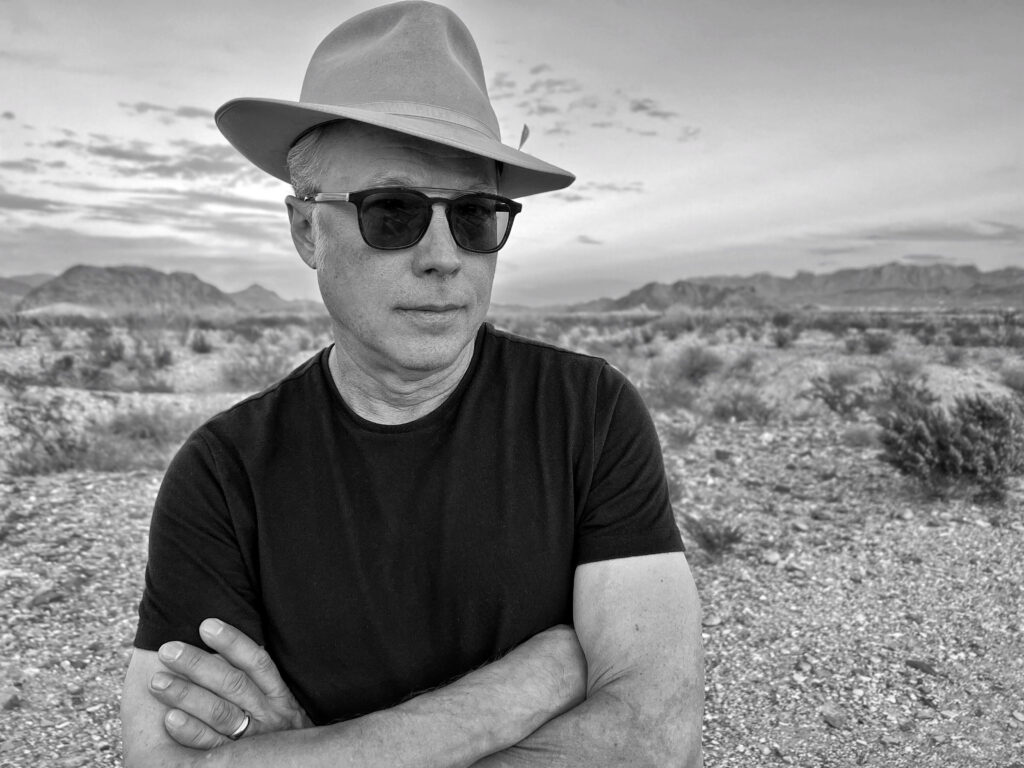
That literary career wrapped around the music nicely, because once he’d written a few stories that weren’t based on already written songs, he realized he could reverse-engineer the process by writing songs inspired by the stories. The two-way method worked, and once the album and book were assembled, Foster realized that he had an ideal situation as compared to most authors: “I can go out and play 75 gigs in a year, and that’s like doing signings at 75 bookstores—with me being the bookstore.”
It’s not the first time Foster has been to Tucson. One of the first gigs he played with his duo Foster & Lloyd, in the 1990s, was at Old Tucson, while, on going solo, he found his way to the Maverick on several occasions. “But it’s been a minute or two—well, maybe ten years, anyway—since I’ve been to Tucson, and I’m looking forward to it.”
For all that, his connection to the Old Pueblo is, by serendipity, many decades old now. The Del Rio, Texas, native says, “When I was a kid, I used to ride my bicycle down to the record store on Saturday mornings. The very first 45 I bought, way back in 1967, was ‘Different Drum’ by a band called The Stone Poneys”—a band fronted, of course, by Tucsonan Linda Ronstadt, singing a song written by Foster’s fellow Texan Michael Nesmith.
For a preview of coming attractions, here‘s Foster and band performing the title song from his book and album. The stories and songs will continue on Friday, November 17, at 8:00pm at 191 Toole. General admission tickets are available here.


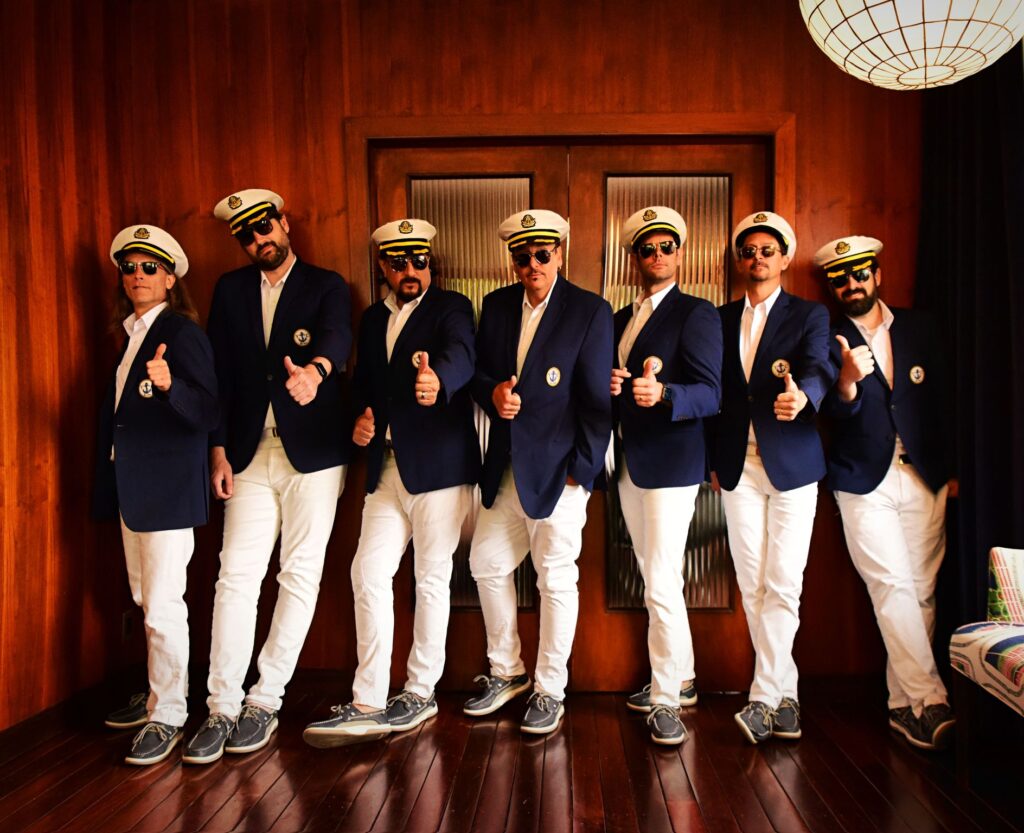
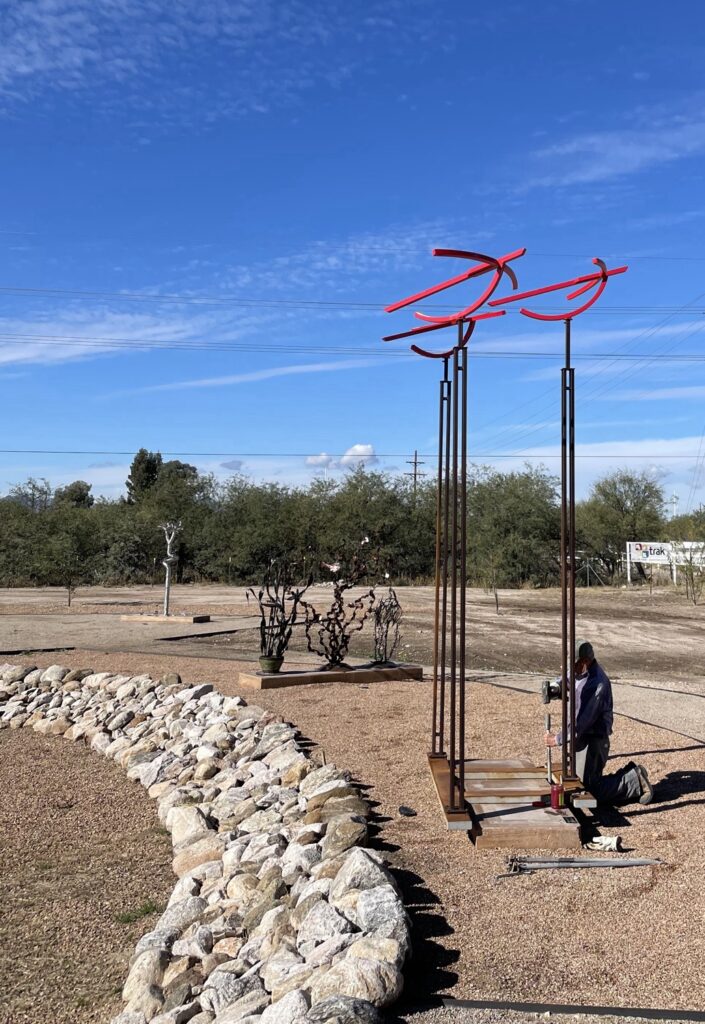
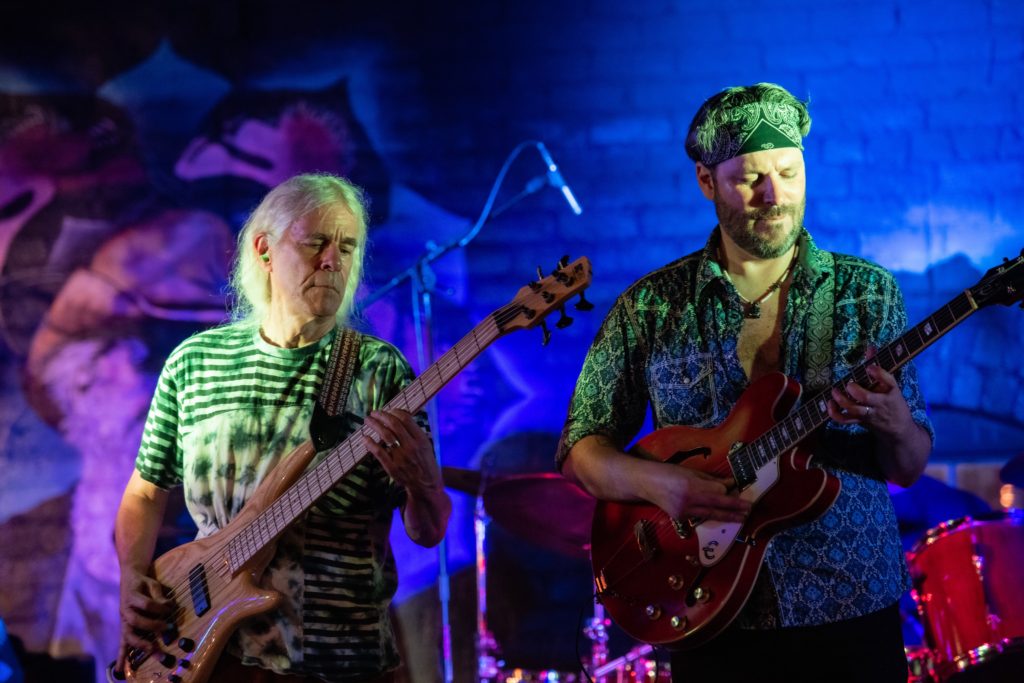
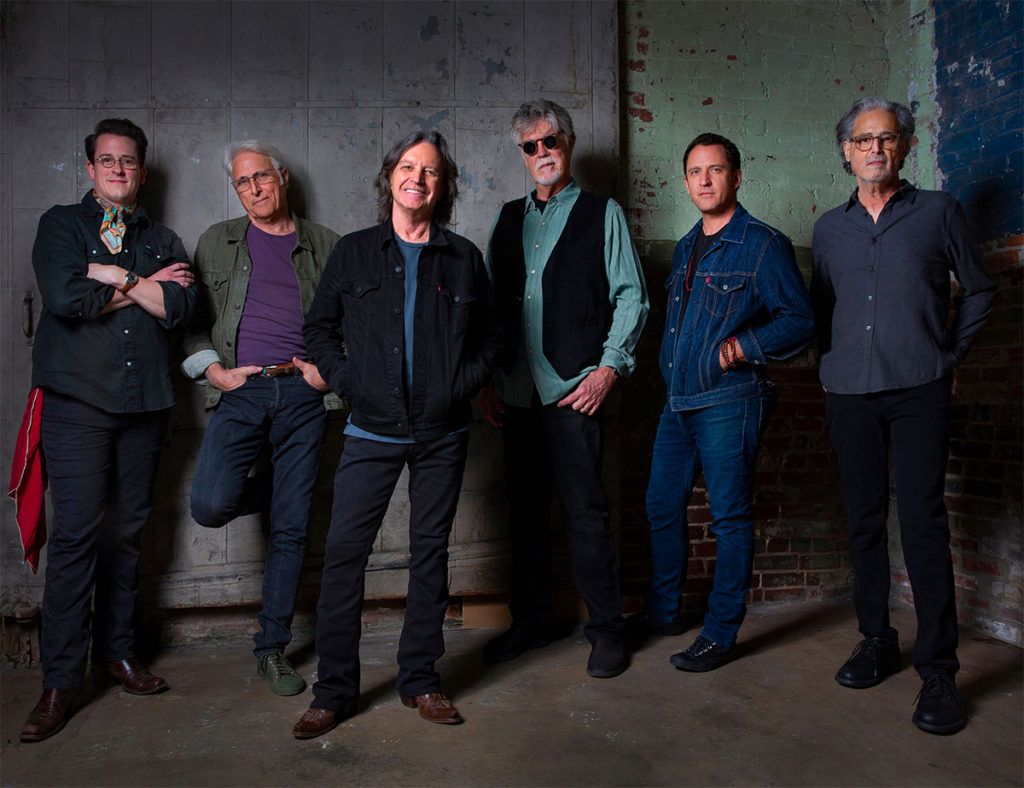
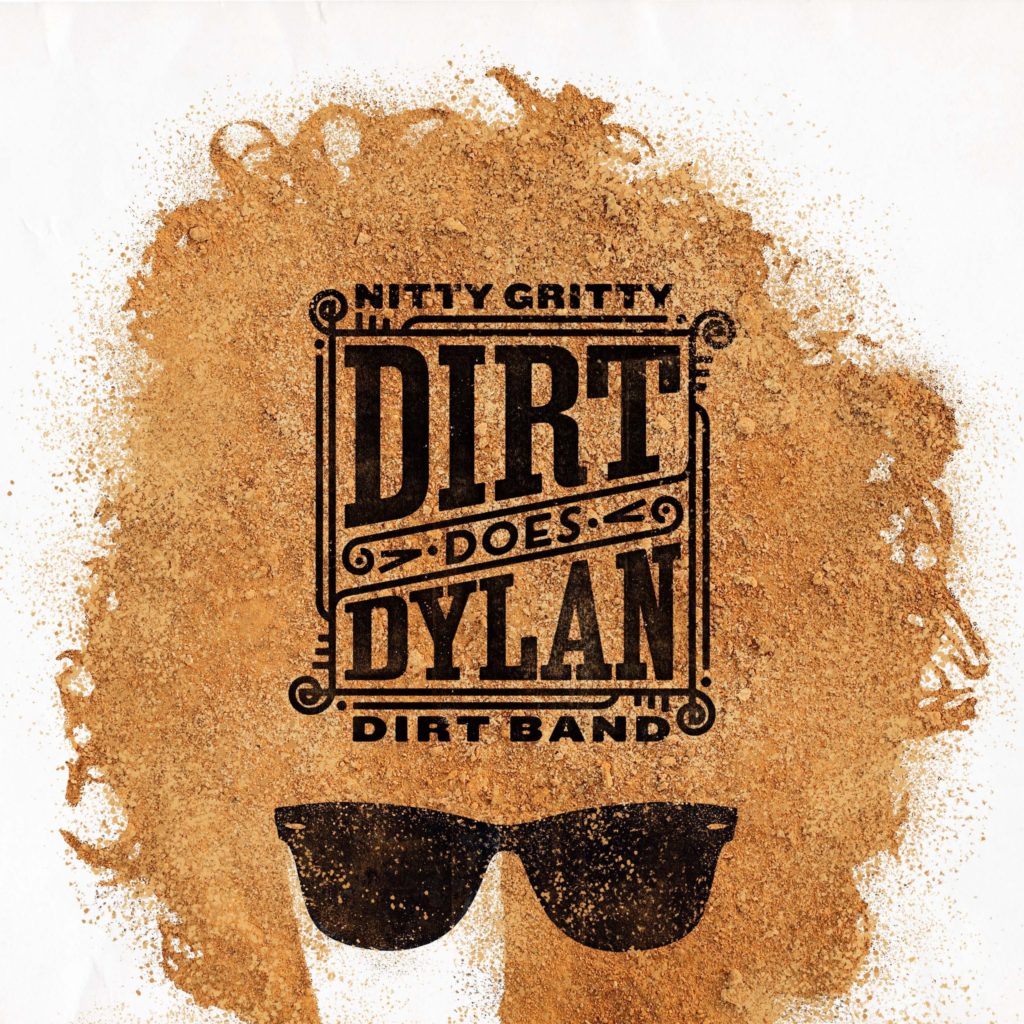
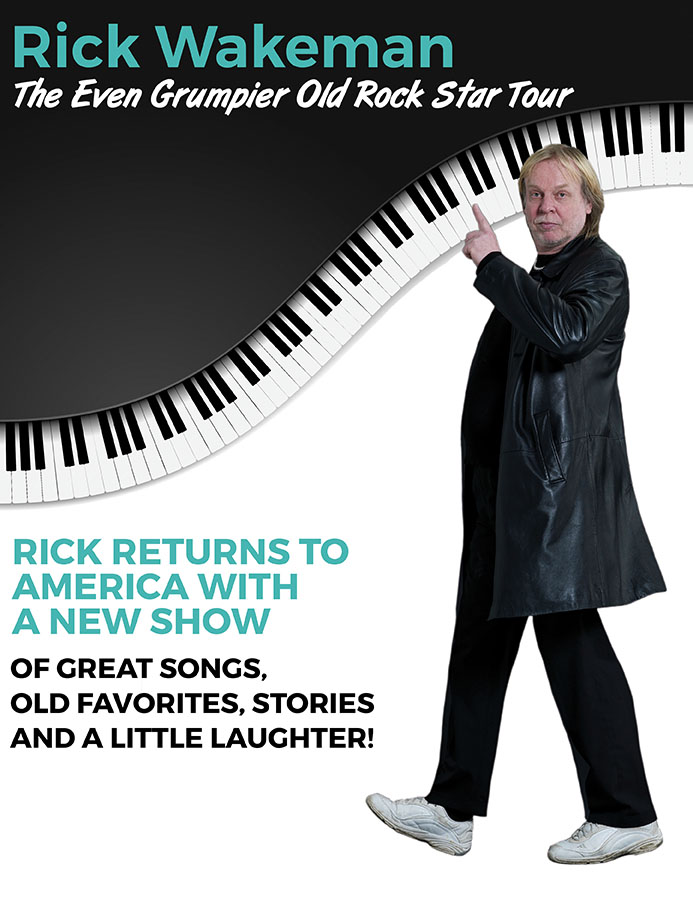
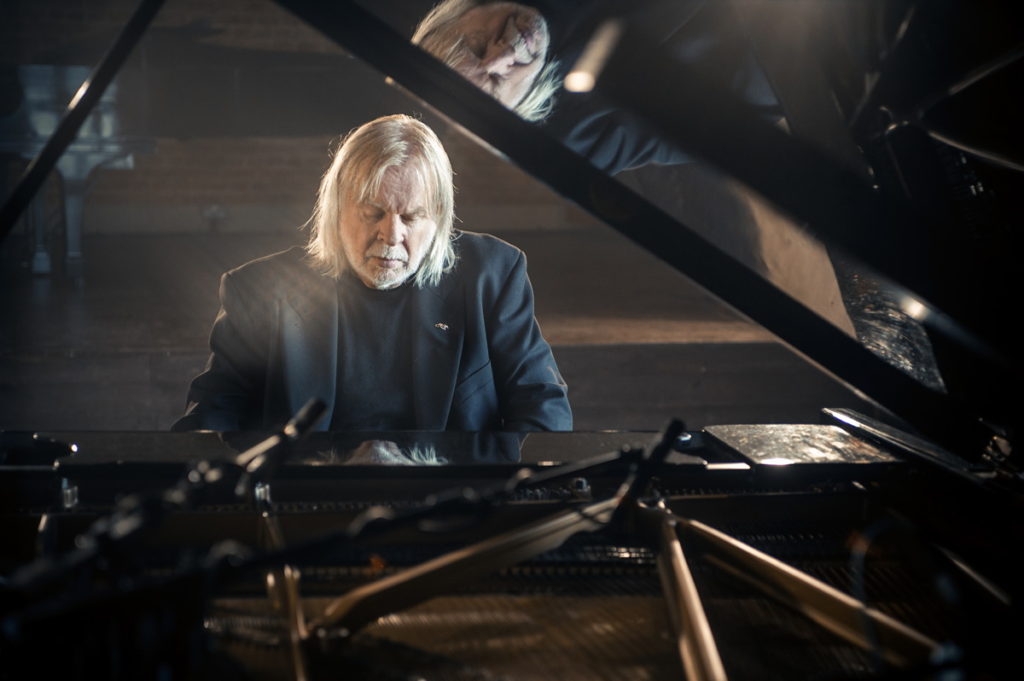
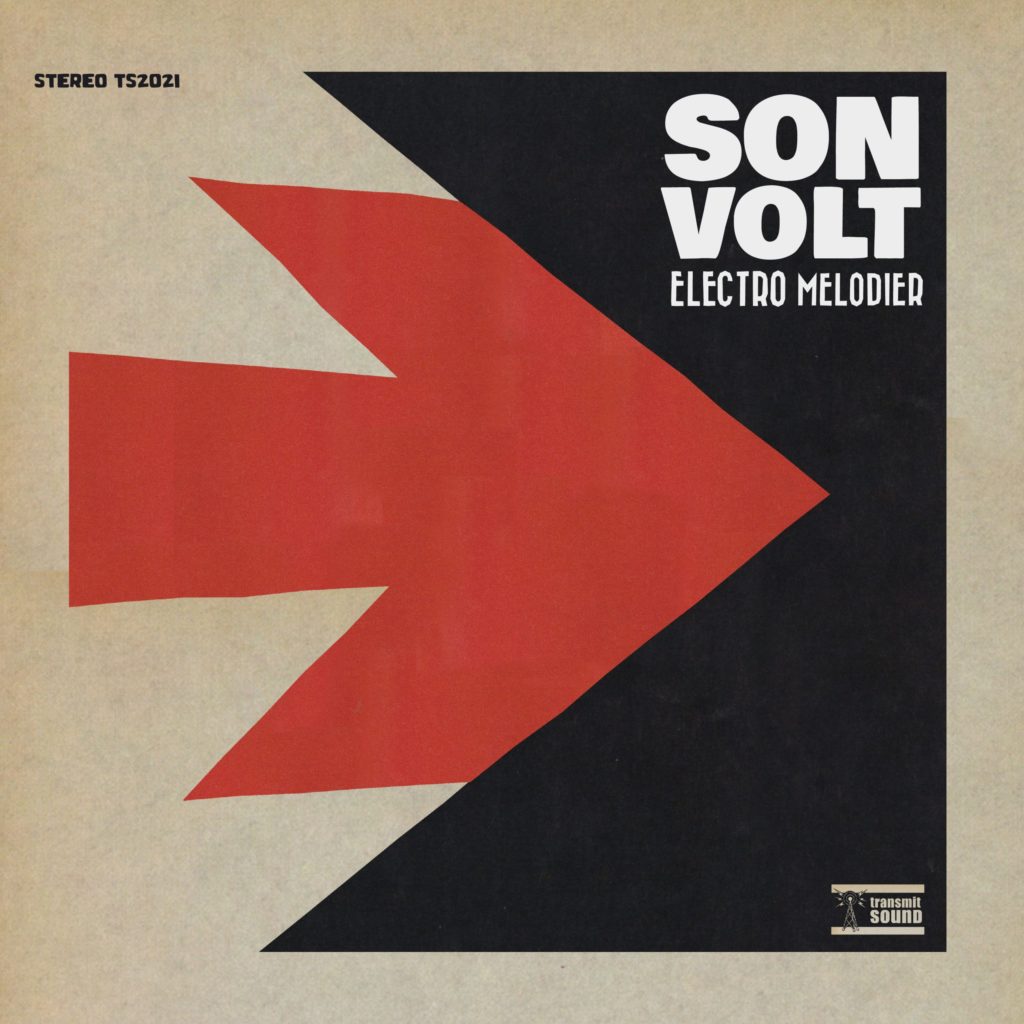

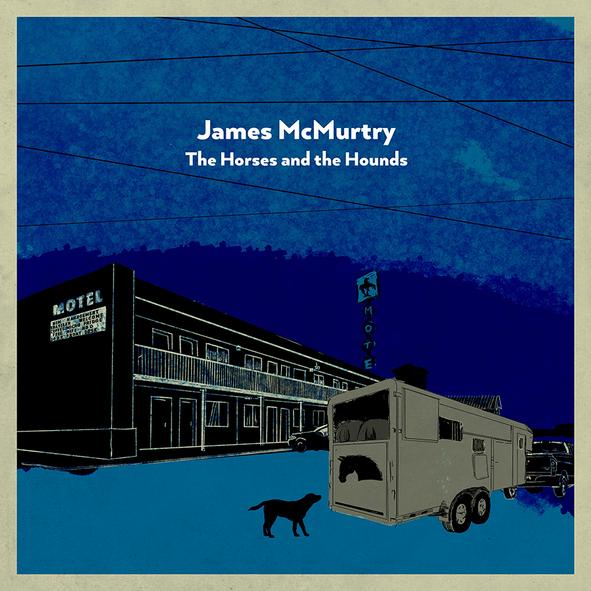
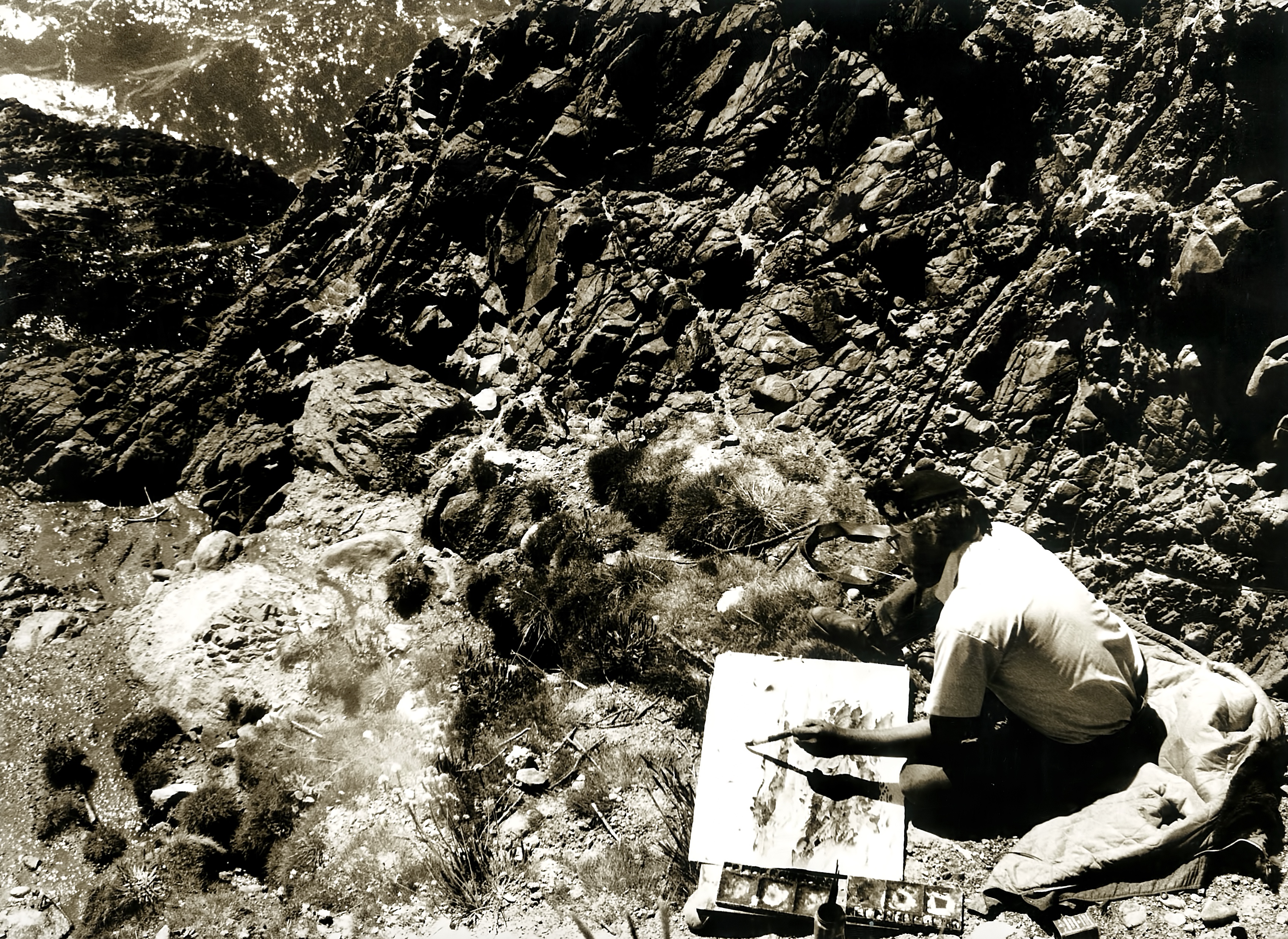
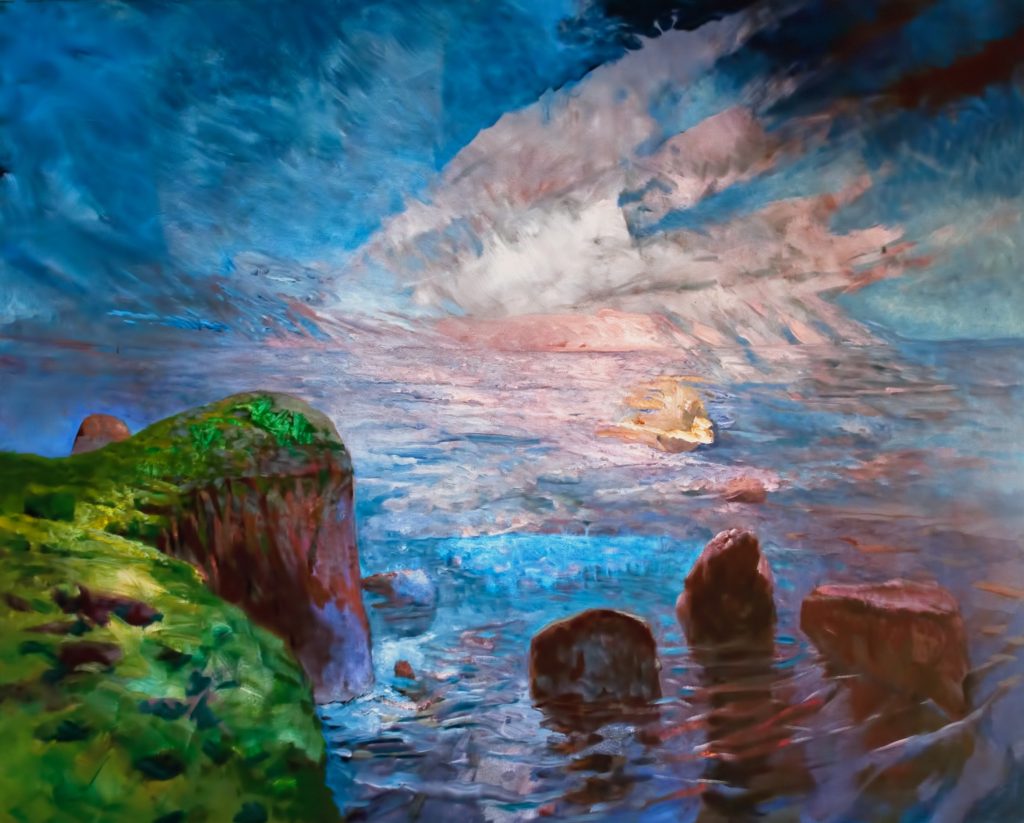
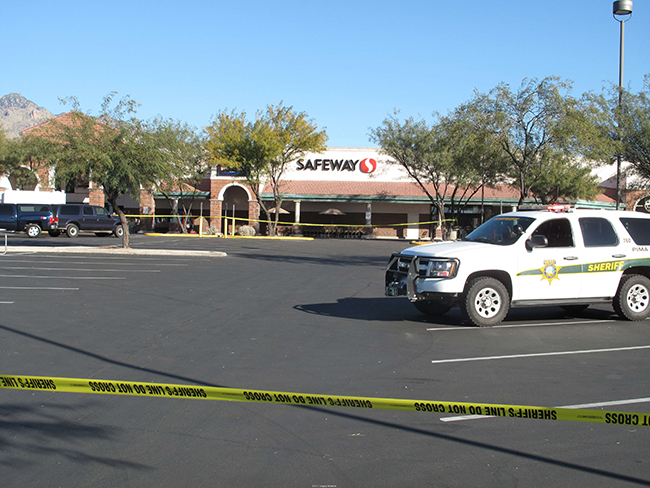
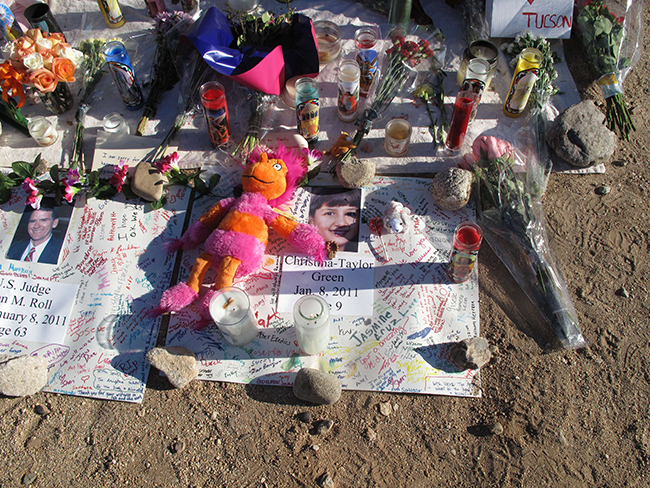
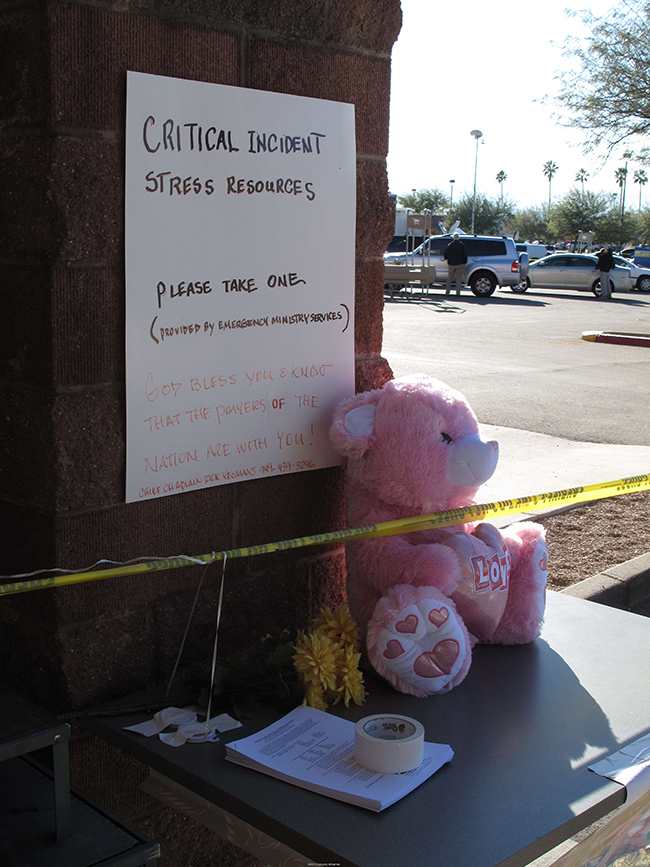
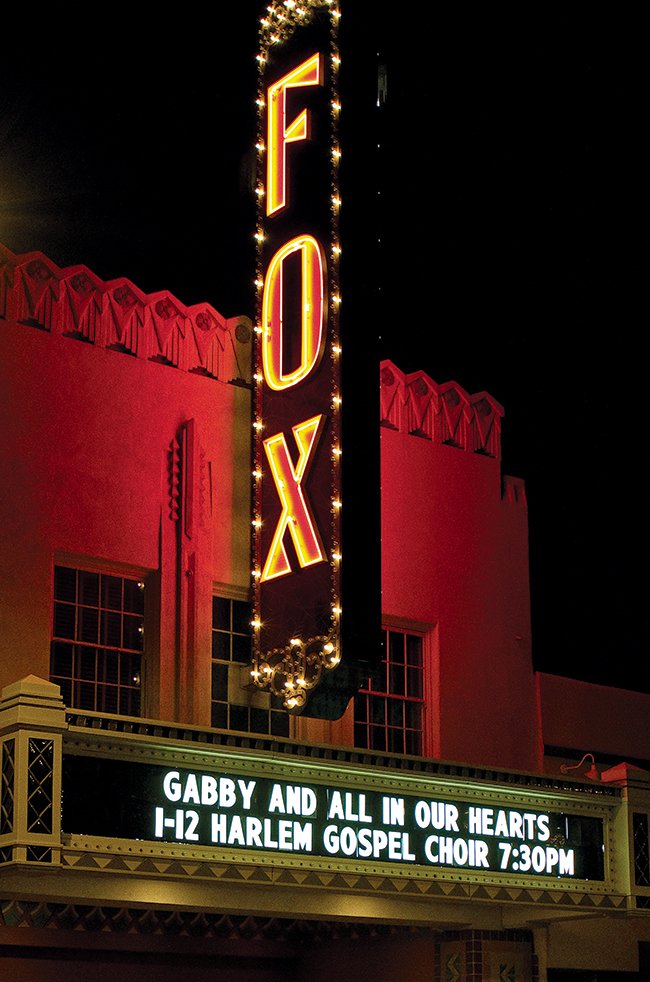

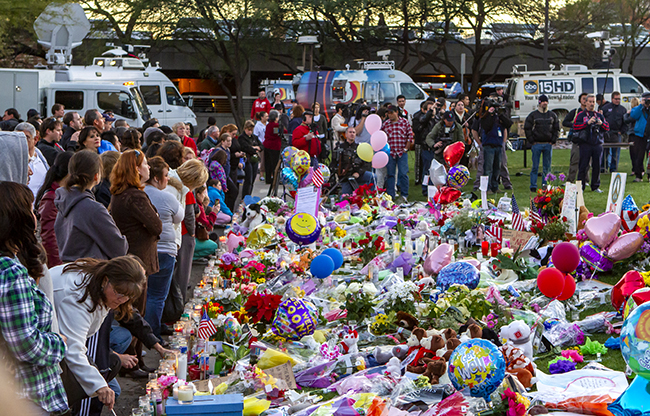

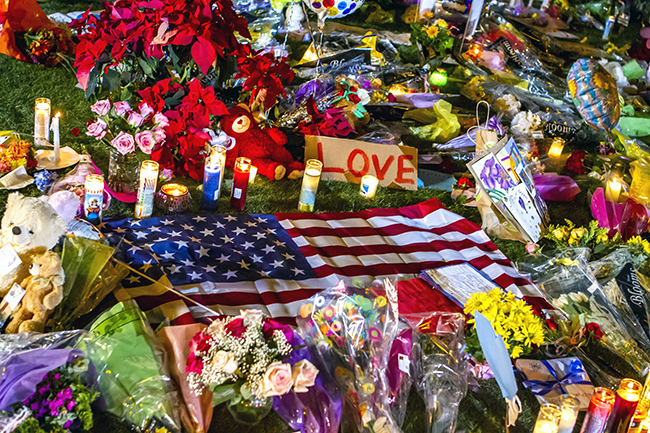
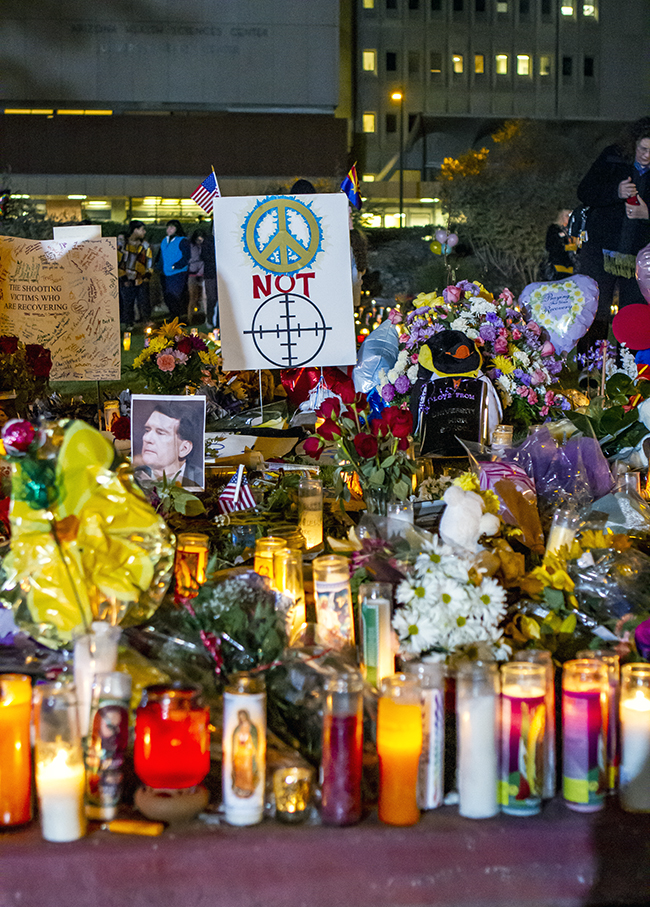
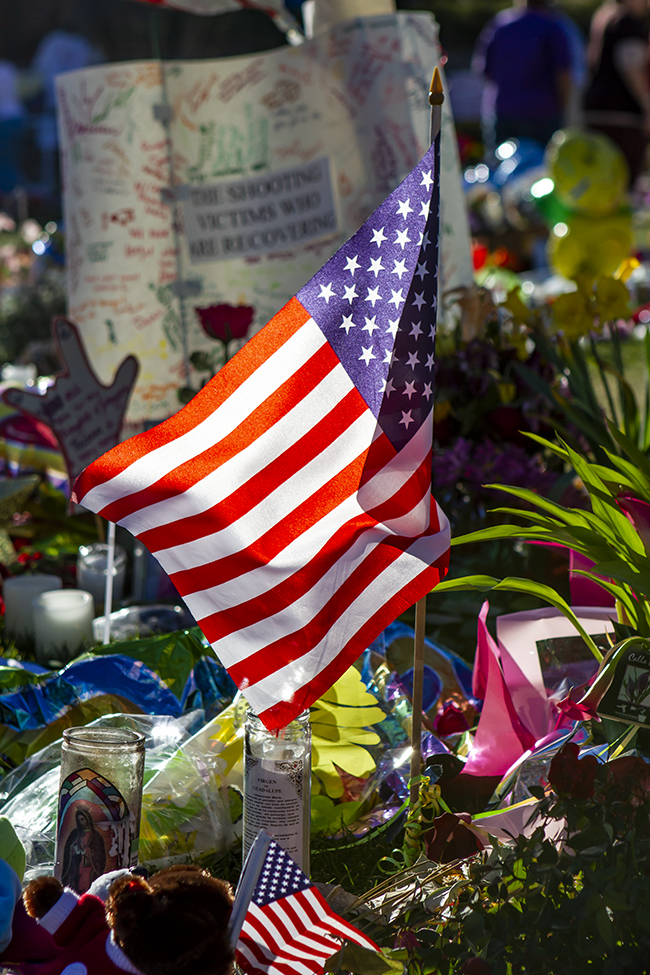
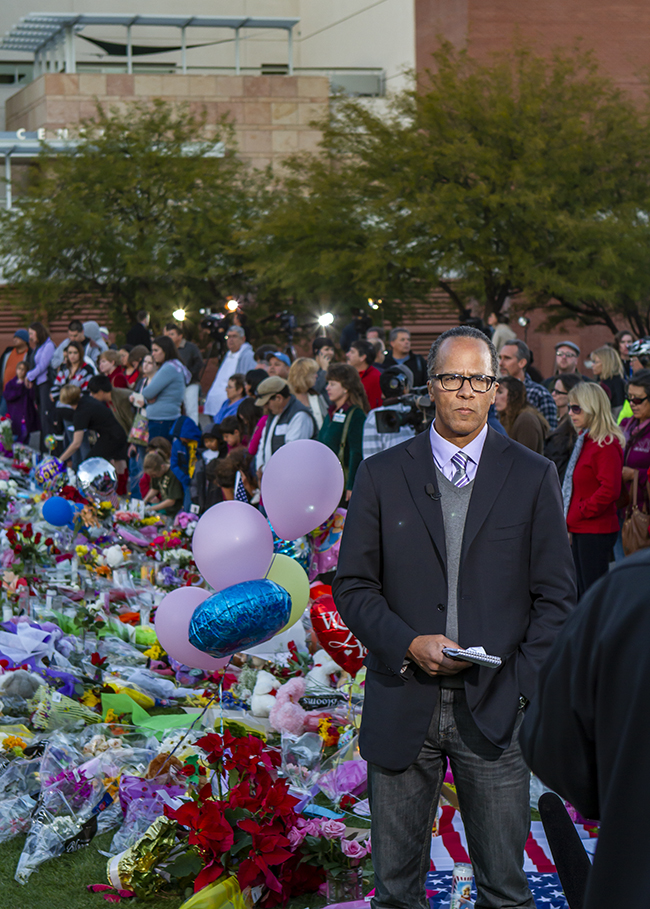
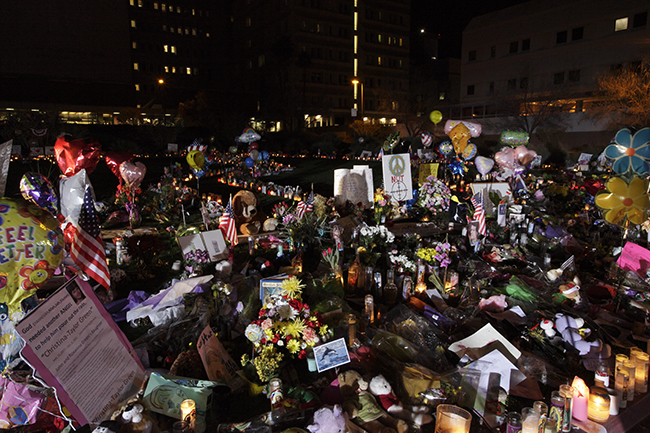
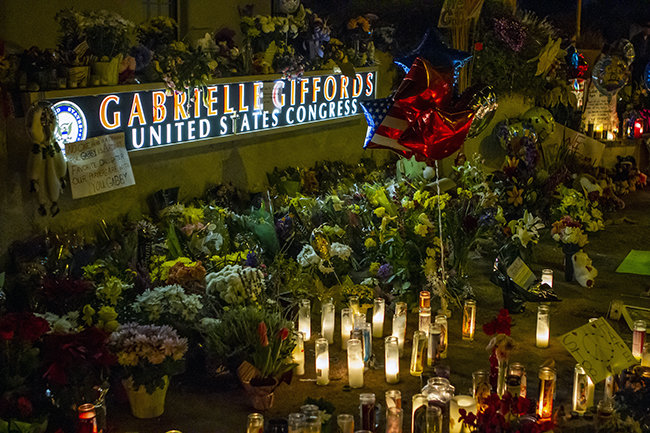
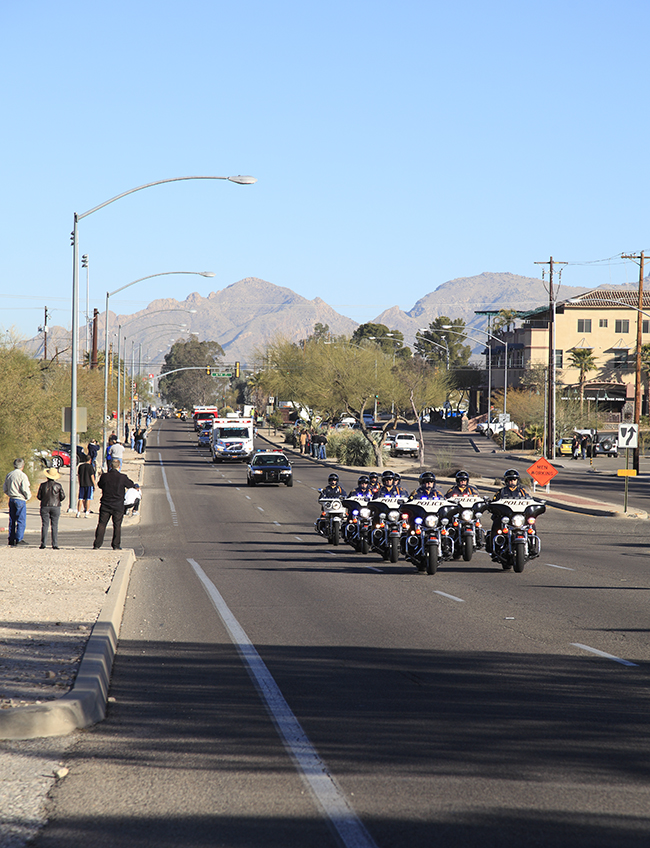
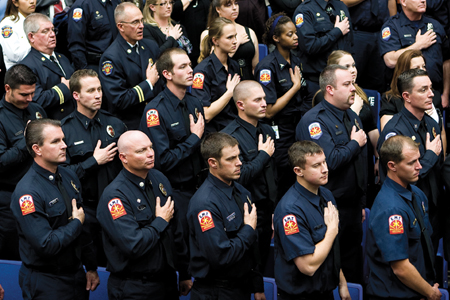
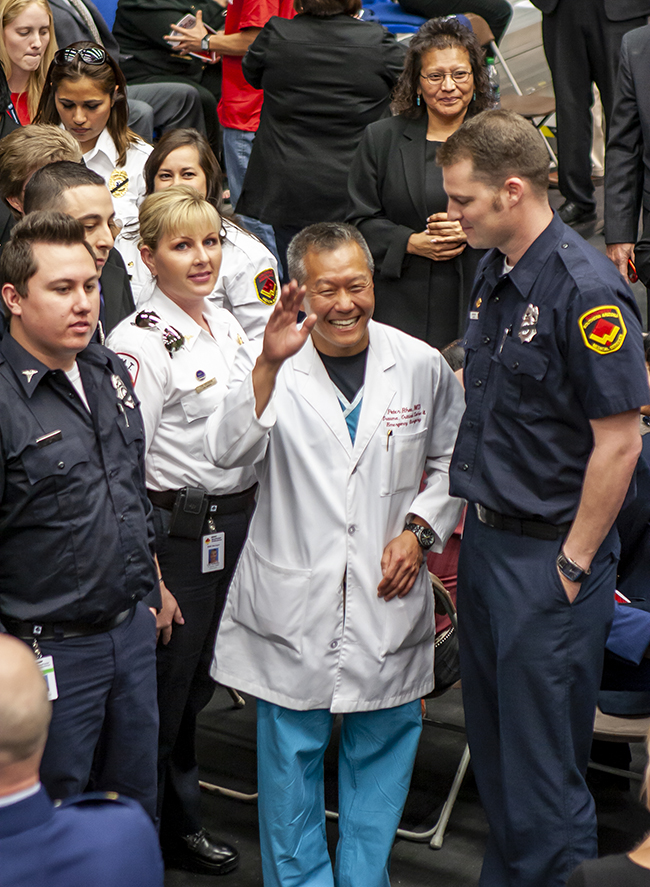

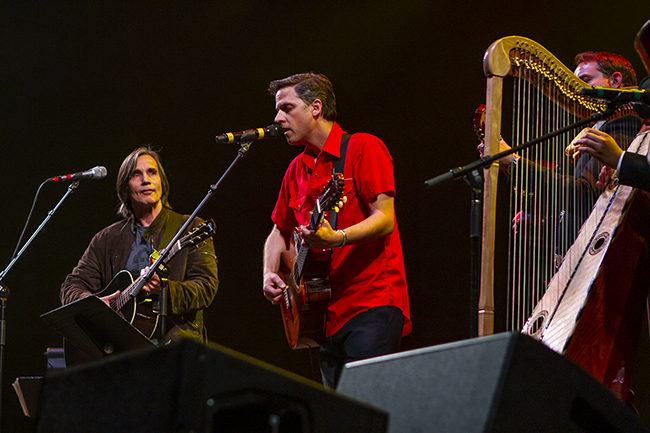
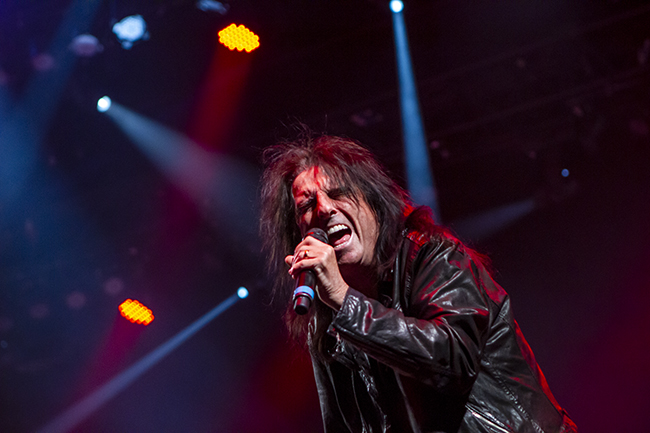
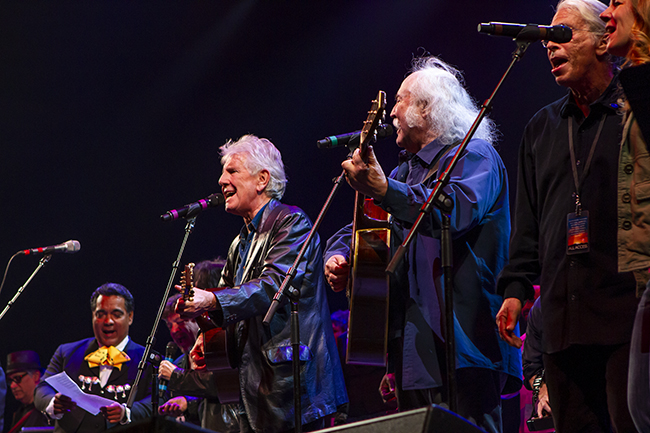
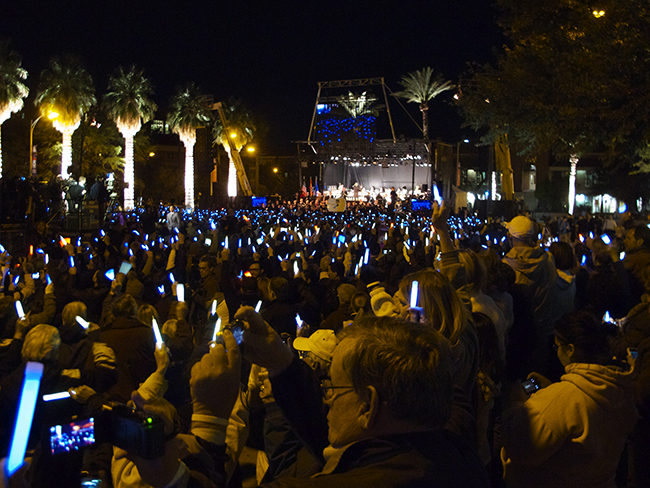
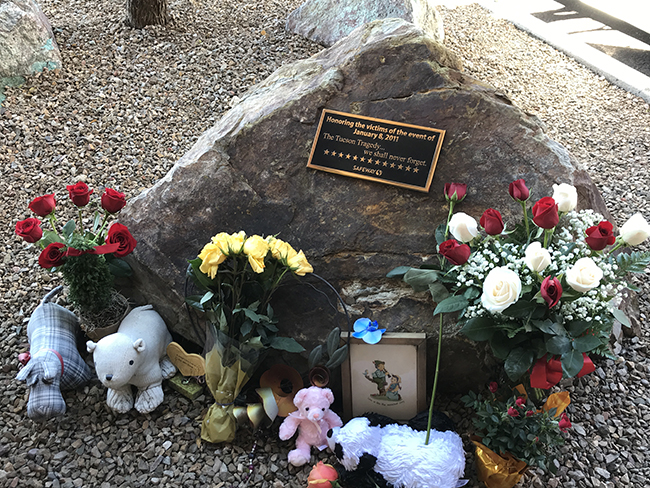




Also find us on...